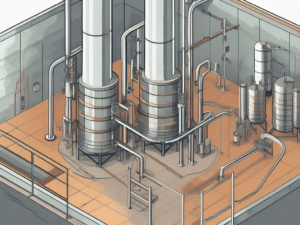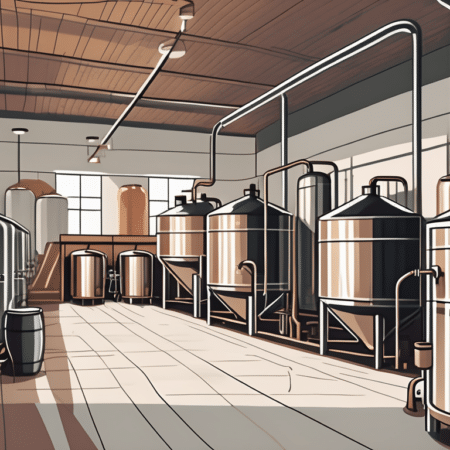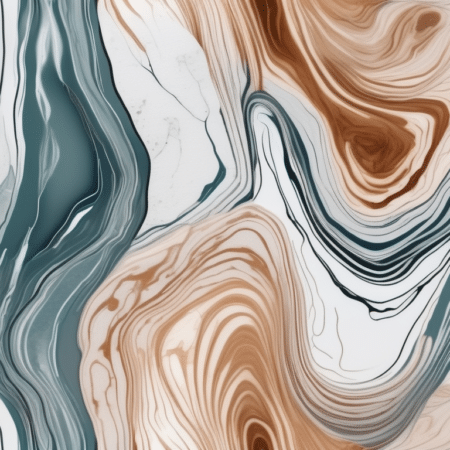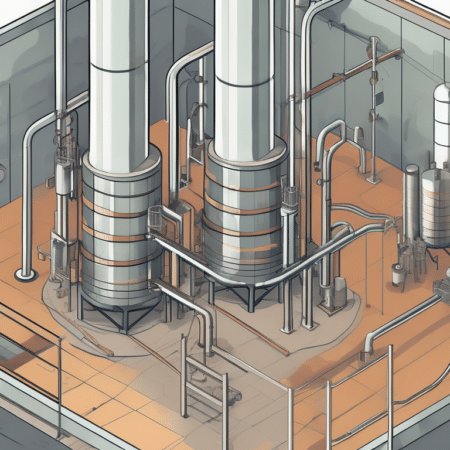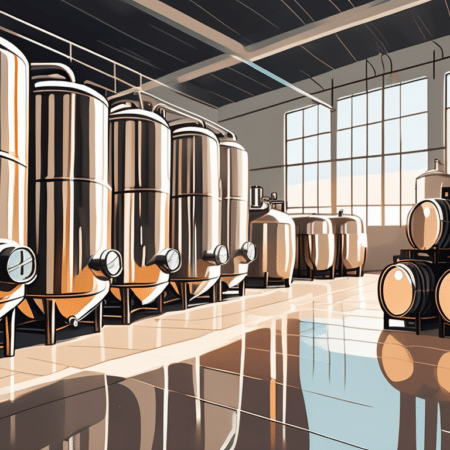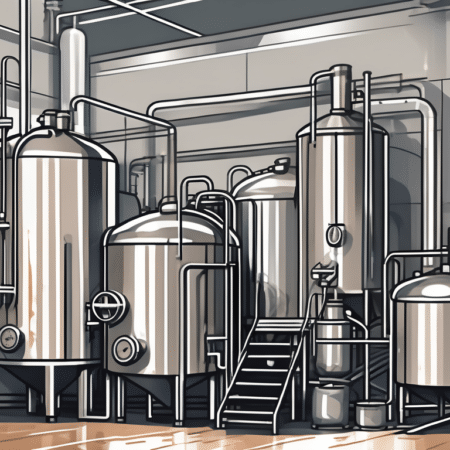Epoxy floor texture is an important consideration when it comes to selecting the right flooring system for your space. Understanding the basics and different types of epoxy floor textures is crucial to making an informed decision. In this ultimate guide, we will delve into the details of epoxy floor texture, why it matters, how to choose the right texture, the application process, and maintenance tips to keep your epoxy floor looking its best for years to come.
Understanding Epoxy Floor Texture
Epoxy floor texture refers to the surface finish or pattern created on the epoxy floor. It plays a significant role in both the aesthetics and functionality of the flooring system. Different textures offer unique characteristics and benefits. Let’s explore the basics of epoxy floor texture.
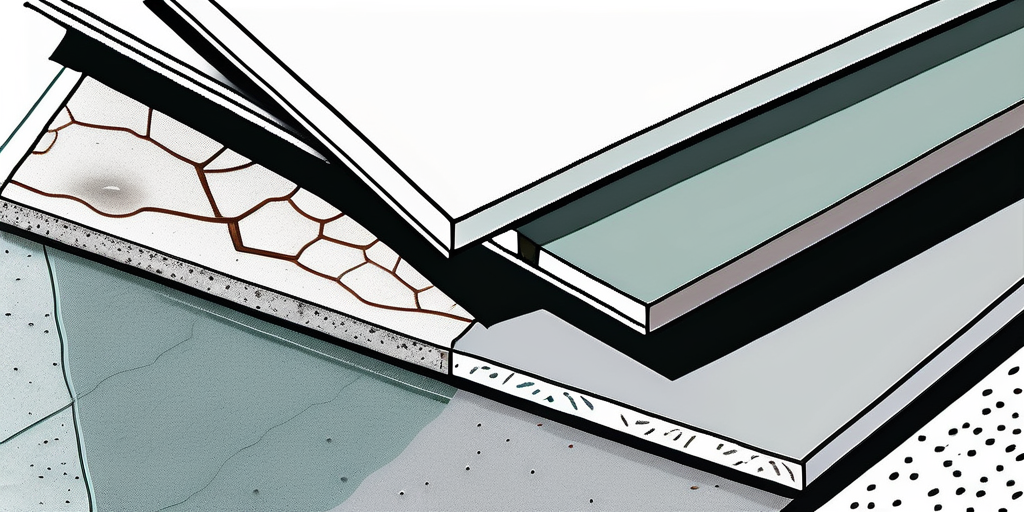
The Basics of Epoxy Floor Texture
When an epoxy resin is applied to a prepared floor surface, it creates a smooth and seamless finish. However, this smooth finish can be further enhanced to create texture. The texture can be achieved by incorporating various materials, techniques, or additives into the epoxy system.
Epoxy floor textures can range from light to heavy, depending on the desired effect and functionality. Light textures provide a slight variation to the surface, while heavy textures create a more pronounced and tactile feel.
One popular technique for creating texture is broadcasting decorative flakes onto the epoxy surface. These flakes come in a variety of colors and sizes, allowing for endless design possibilities. The flakes are scattered onto the wet epoxy and then sealed with a clear topcoat, resulting in a textured, speckled appearance.
Another method for achieving texture is by using stencils or templates. These are placed on the epoxy surface before it fully cures, and then a different color or type of epoxy is applied over the stencil. Once the stencil is removed, a textured pattern is left behind, adding visual interest to the floor.
Why Epoxy Floor Texture Matters
Epoxy floor texture matters for several reasons. First and foremost, it enhances the overall aesthetics of the flooring system. Whether you want to achieve a sleek and modern look or a textured, rustic feel, the texture adds visual interest and depth to the floor.
Additionally, epoxy floor texture can improve the functionality of the flooring system. Certain textures, such as anti-slip textures, provide increased traction, making the floor safer in environments where slip and fall accidents are a concern.
Anti-slip textures are achieved by adding aggregates, such as quartz or aluminum oxide, to the epoxy mixture. These aggregates create a rougher surface, which helps to prevent slips and falls, especially in areas prone to moisture or spills.
In industrial settings, where heavy machinery or equipment is used, a heavy texture can be beneficial. The texture provides added grip, allowing for better traction and stability when moving heavy loads. This can help prevent accidents and improve overall workplace safety.
Furthermore, epoxy floor texture can also help to mask imperfections in the underlying concrete substrate. By adding texture, minor cracks, chips, or unevenness in the floor can be disguised, resulting in a more visually appealing surface.
Overall, epoxy floor texture is a versatile and important aspect of any flooring system. It not only enhances the aesthetics but also contributes to the functionality and safety of the floor. Whether you’re looking for a decorative finish or a practical solution, epoxy floor texture offers a wide range of options to suit your needs.
Different Types of Epoxy Floor Textures
When it comes to choosing the perfect epoxy floor texture, there are several options available, each with its own unique characteristics and benefits. Let’s dive deeper into some of the most common types:
Self-Leveling Epoxy Floor Textures
One popular choice is self-leveling epoxy floor textures. As the name suggests, these textures create a smooth and seamless surface, providing a sleek and polished look to any space. The self-leveling properties of this type of epoxy ensure that the floor is perfectly even, eliminating any imperfections or unevenness. This makes it an ideal choice for environments where a seamless, easy-to-clean surface is desired, such as commercial spaces, showrooms, and garages. Not only do self-leveling epoxy floor textures enhance the aesthetic appeal of a space, but they also offer excellent durability and resistance to chemicals, making them a practical choice for high-traffic areas.
Quartz-Filled Epoxy Floor Textures
If you’re looking to add a touch of visual interest to your epoxy floor, quartz-filled epoxy floor textures are a fantastic option. This type of texture is achieved by incorporating colored quartz granules into the epoxy system, creating a stunning speckled effect. The quartz granules not only enhance the floor’s appearance but also provide added durability and resistance to wear and tear. This makes quartz-filled epoxy floor textures a popular choice for industrial settings, healthcare facilities, and educational institutions, where a combination of aesthetics and functionality is desired. Additionally, the quartz granules offer a textured surface that helps to reduce the visibility of scratches and scuffs, ensuring that your floor maintains its pristine appearance for years to come.
Anti-Slip Epoxy Floor Textures
Safety is a top priority in many spaces, and that’s where anti-slip epoxy floor textures come into play. These textures are specifically designed to offer increased traction, helping to prevent slip and fall accidents. The surface of an anti-slip epoxy floor is slightly rougher, providing a secure grip even in areas where moisture, oils, or other substances may create a slippery surface. This makes them an excellent choice for spaces such as kitchens, restrooms, and workshops, where spills and wet conditions are common. By incorporating anti-slip properties into the epoxy floor texture, you can ensure the safety of everyone who walks on it, reducing the risk of accidents and injuries.
With the variety of epoxy floor textures available, you can find the perfect option to suit your needs and preferences. Whether you prioritize a sleek and seamless look, a visually appealing speckled effect, or enhanced safety features, there is an epoxy floor texture and consult with professionals to determine the best text that will meet your requirements. Consider the specific demands of your spaceure for your epoxy floor, ensuring that it not only looks stunning but also performs exceptionally well in its intended environment.
Choosing the Right Epoxy Floor Texture
Choosing the right epoxy floor texture involves considering various factors. Here are some important aspects to keep in mind:
Factors to Consider
Consider the intended use of the space. Are you looking for a decorative finish or a functional one? Will the floor be exposed to heavy foot traffic or chemical spills? Understanding the specific requirements of your space will help guide your decision-making process.
When it comes to choosing the right epoxy floor texture, it’s essential to consider the overall aesthetic you want to achieve. If you’re looking to create a visually appealing space, you may opt for decorative finishes that add a touch of elegance and style. On the other hand, if functionality is your priority, you might want to focus on textures that provide excellent traction and slip resistance.
Another crucial factor to consider is the level of durability required for your epoxy floor. If your space will experience heavy foot traffic or frequent chemical spills, you’ll need a texture that can withstand these challenges. A more robust texture will ensure that your floor remains intact and maintains its appearance even under demanding conditions.
Texture and Functionality
Take into account the desired level of texture and its impact on functionality. While heavy textures provide excellent traction, they may require more frequent cleaning and maintenance. Light textures, on the other hand, are easier to clean but may not offer the same level of slip resistance.
When it comes to functionality, it’s important to strike a balance between texture and ease of maintenance. Heavy textures, such as a stippled or orange peel texture, offer superior slip resistance, making them ideal for areas prone to spills or wet conditions. However, these textures can trap dirt and debris, requiring more frequent cleaning to maintain their effectiveness.
On the other hand, light textures, like a smooth or satin finish, are easier to clean and maintain. They provide a sleek and polished look, making them suitable for areas where aesthetics are a priority. However, they may not offer the same level of slip resistance as heavier textures, so caution should be exercised in areas where safety is a concern.
Ultimately, the right epoxy floor texture will depend on the specific needs of your space. By considering factors such as intended use, durability requirements, and desired level of texture, you can make an informed decision that ensures your epoxy floor not only looks great but also performs optimally.
The Process of Applying Epoxy Floor Texture
Applying epoxy floor texture involves a series of steps to ensure a successful installation. Let’s take a look at the process:
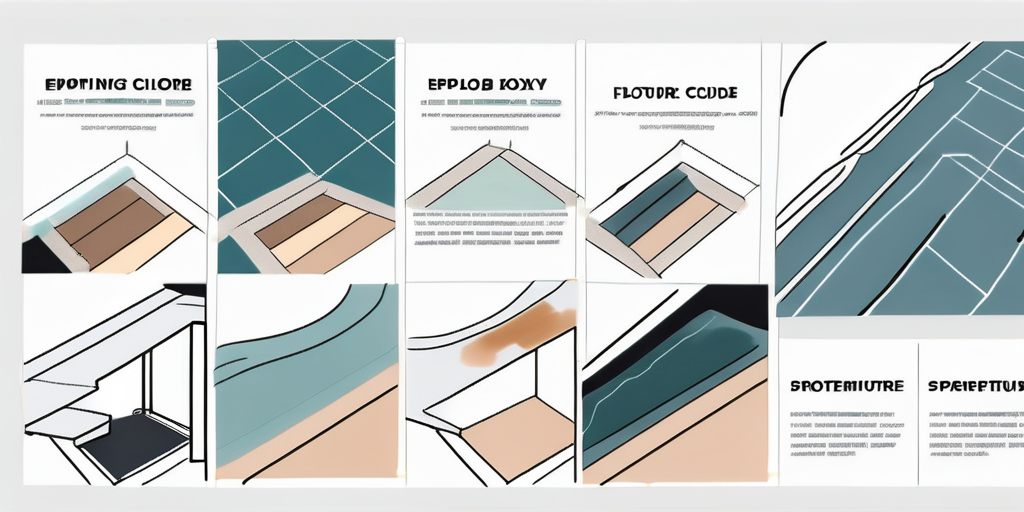
Preparation of the Floor
Proper preparation is key to achieving a durable and long-lasting epoxy floor. This includes cleaning the floor, removing any existing coatings or contaminants, and repairing any cracks or imperfections. The surface should be smooth and free of debris before applying the epoxy texture.
Application Techniques
The application technique will vary depending on the type of epoxy floor texture chosen. It is essential to follow the manufacturer’s instructions and guidelines to achieve the desired texture. Whether using a trowel, roller, or spray, proper application ensures an even and consistent texture throughout the floor.
Maintenance and Care of Epoxy Floor Textures
Maintaining and caring for your epoxy floor texture is essential to prolonging its lifespan and preserving its aesthetics. Here are some tips to keep in mind:
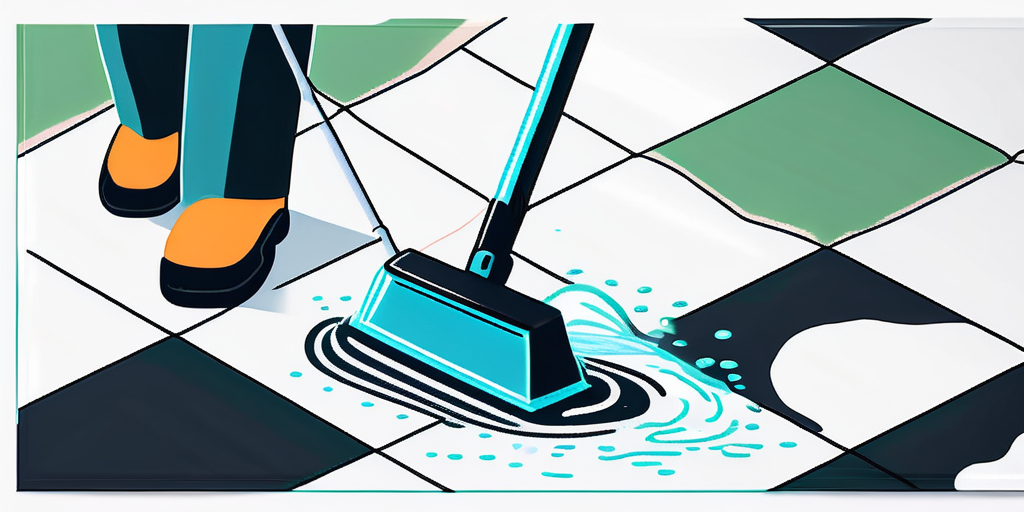
Cleaning and Maintenance Tips
Regularly sweep or vacuum the floor to remove dirt and debris. Use a mild detergent and warm water to clean the surface as needed. Avoid using harsh chemicals or abrasive cleaners, as they can damage the epoxy texture. Additionally, consider applying a protective coating or wax to enhance the durability and shine of the floor.
Longevity and Durability of Epoxy Textures
Epoxy floor textures are known for their longevity and durability. With proper maintenance and care, a well-installed epoxy floor texture can last for many years without the need for extensive repairs or replacement. Regular inspections and addressing any issues promptly can help maximize the lifespan of your epoxy floor.
Now that you have a comprehensive understanding of epoxy floor texture, make an informed decision based on your specific needs and preferences. Whether you prioritize aesthetics, functionality, or both, epoxy floor textures offer a wide range of options to suit any space. Remember to follow the recommended installation and maintenance guidelines to enjoy the benefits of your epoxy floor texture for years to come.





